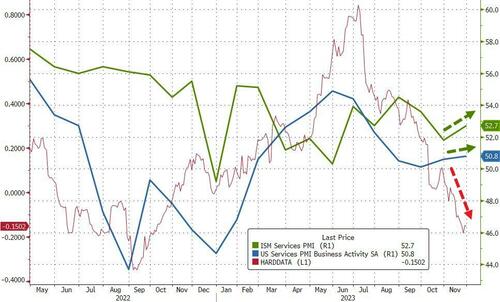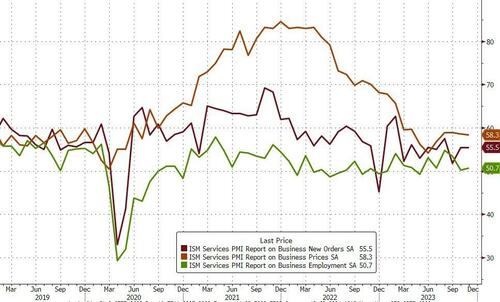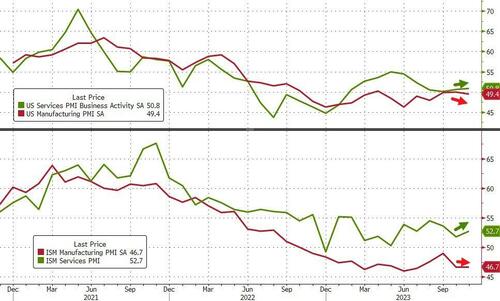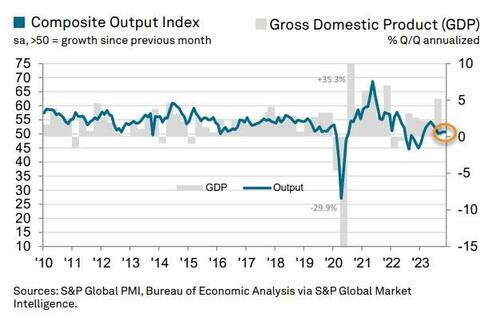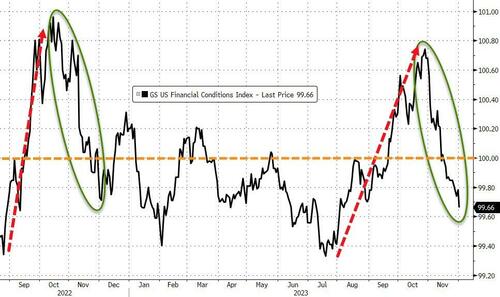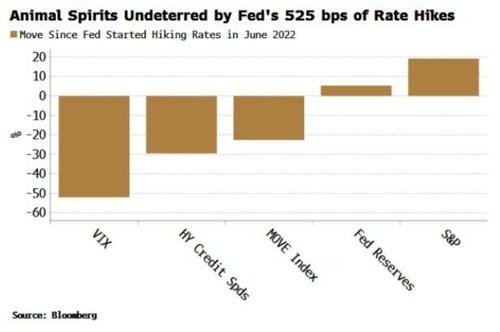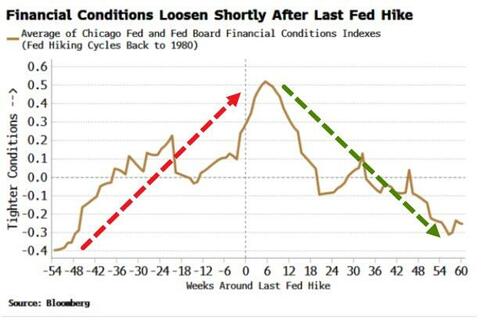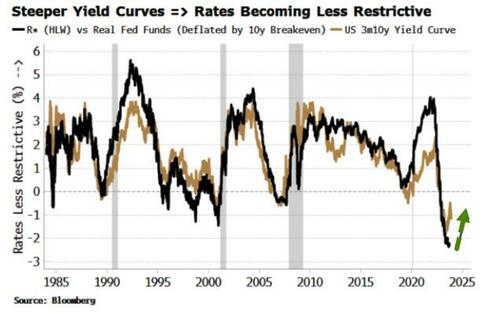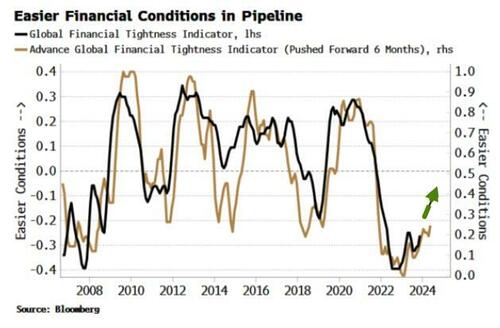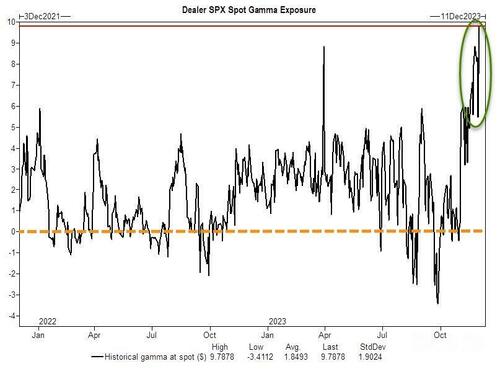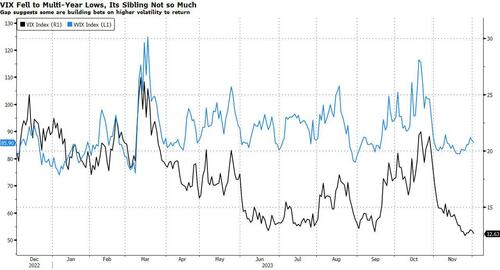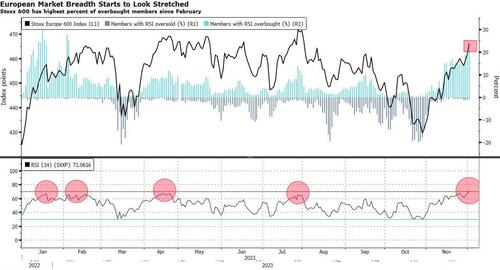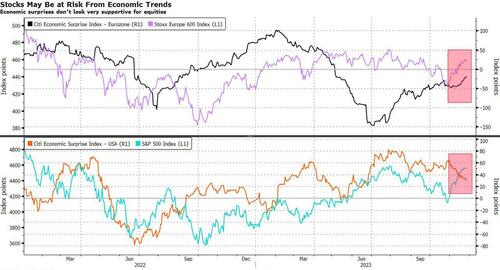
The inaugural edition of Rent Free includes these stories:
- The feds are siding with an Oregon church suing for its right to operate a soup kitchen on its own property, local zoning regulations be darned.
- City councils across the country are passing reforms that allow more housing in more places and make neighborhood stores feasible to build again.
- The fight over a rent control initiative on the 2024 California ballot is turning nasty quickly.
But first, this week’s lead item:
San Francisco’s Can-Kicking on Zoning Reform Could See It Lose All Zoning Powers
It takes San Francisco three years on average to fully approve new housing projects, the longest of any jurisdiction in California, according to an audit published by the state Department of Housing and Community Development (HCD) in October.
The very predictable result is that the Golden State’s fourth-largest city is also one of the nation’s most expensive, with median one-bedroom rents above $2,000 and a median home value of $1.4 million.
That San Francisco is expensive because it takes forever to approve new housing isn’t a new finding. Whether the city will actually get rid of the regulations gumming up home construction is now coming to a head.
Today, the city’s Board of Supervisors will consider a “constraints reduction” ordinance intended to speed up housing approvals by cutting public hearing requirements and layers of review for code-compliant housing projects.
State housing officials have told the city it must approve this ordinance, or risk losing the power to set its own housing regulations.
The History
The legal and political back-and-forth that’s gotten San Francisco to this point is complex.
Earlier this year, San Francisco promised the state it would eliminate a long list of housing regulations as part of its goal of approving 82,000 new housing units by 2031. The city also promised to hit certain deadlines for adopting these reforms.
Ever since, state officials have been pressuring the city to stick to those deadlines. Time and again, the city keeps blowing past them.
HCD’s October audit, for instance, explicitly gave the city’s Board of Supervisors a late November deadline for passing its “constraints reduction” ordinance.
Not only did the board miss that deadline, individual supervisors offered amendments to the ordinance that would weaken many of its deregulatory provisions.
In response, HCD sent San Francisco officials a letter last week outlining how these amendments violate the city’s past commitments and gave them a new December 28 deadline to pass a clean constraints reduction ordinance.
Unless they take action on the ordinance today, they’ll likely miss that December 28 deadline.
The question everyone is asking is what happens next? Theoretically, a lot.
State Remedies
HCD has told San Francisco that if they don’t meet this latest deadline, they risk being out of “substantial compliance” with state housing law.
That, in turn, could see the city lose millions in state affordable housing and transportation funding, get hit with monthly fines of up to $600,000, and even forfeit its land use authority to a court-appointed special master with the power to rewrite San Francisco’s housing regulations.
San Francisco officials could also be obliged to approve “builder’s remedy” projects of unlimited density (provided they included some below-market-rate, affordable units) anywhere in the city.
Legal Uncertainties
But it’s not clear whether San Francisco has been a bad enough actor to actually warrant these sweeping remedies, says Christopher Elmendorf, a law professor at U.C. Davis School of Law.
Decades-old court cases deciding whether a local government is out of “substantial compliance” with state housing law are “very deferential to local governments,” says Elmendorf. Should the state then try to cut San Francisco off from state grants or take away its land use powers, the city could sue to get them back and quite possibly win.
On the other hand, the California Legislature has passed a lot of laws in recent years requiring cities to cut red tape and approve new housing more quickly. Potentially, that could prompt courts to be much tougher on San Francisco today than they have been on other local governments in the past.
“No one really knows what’s going to happen when the questions about compliance reach a court of appeals again,” says Elmendorf. “Because we’re in uncharted territory, there’s this game of bluster.”
Supervisors keep telling HCD to cool its jets and give the city more time to tinker with its zoning code. HCD keeps threatening to go nuclear on San Francisco while continually pushing back the date on which it could press the button.
This game of chicken is an important test case: Will San Francisco genuinely reform its arguably worst-in-the-nation system for approving new housing? If it doesn’t, can the state force it to do so?
Feds Side With Oregon Church Fighting Zoning Restrictions on Soup Kitchens
Late last month, the U.S. Department of Justice filed a statement of interest in support of an Oregon church’s lawsuit challenging zoning restrictions on its charitable meal services.
For decades, St. Timothy’s Episcopal Church in Brookings, Oregon has been serving meals to the poor. During the pandemic, when other churches shut down their soup kitchens, St. Timothy’s started serving meals six days a week. In response to neighbor complaints, Brookings passed an ordinance in 2021 limiting St. Timothy’s to serving meals two times a week and requiring it to get a special permit.
These restrictions proved intolerable to St. Timothy’s pastor Rev. Bernie Lindley.
“Churches feed people. To tell a church that they have to be limited in how they live into the Gospel of Jesus Christ is a violation of our First Amendment right to freely practice our religion,” he told Reason at the time.
In early 2022, St. Timothy’s sued Brookings over its restrictions on its meal services, alleging violations of the First Amendment and a federal law limiting zoning restrictions on religious properties.
The DOJ’s statement of interest argues that St. Timothy’s religious exercise is likely being “substantially burdened” in violation of federal law.
Cities Pass “Modest but Meaningful” Reforms Allowing Small-Scale Housing and Businesses
Several jurisdictions are wrapping up 2023 by passing “modest but meaningful” reforms that allow more residential and commercial development in existing neighborhoods. The intention is to allow the development of more affordable, more walkable neighborhoods.
Alexandria, Virginia
Last Wednesday, the city council of the D.C. suburb of Alexandria, Virginia, voted to approve a housing reform package that allows up to four units on all residential lots, eliminates minimum parking requirements near major transit stops, expands a density bonus program for affordable housing production, and allows new housing in industrial zones.
Earlier this year, neighboring Arlington, Virginia, passed reforms that allow six units on all residential lots, while also imposing a cap on the number of permits the county would issue for these multi-unit projects.
“Alexandria and Arlington have both demonstrated a pretty solid median voter support for zoning changes,” says Luca Gattoni-Celli, who heads the pro-zoning reform group YIMBYs of NOVA. The sum total of Alexandria’s reforms is “more ambitious” than Arlington’s, says Gattoni-Celli.
Durham, North Carolina
The week prior, Durham, North Carolina, adopted a suite of zoning reforms that eliminate minimum parking requirements, allow churches to build housing on their land, and relieve smaller commercial projects of the requirement to build expensive stormwater retention ponds.
That last reform is important for enabling new neighborhood enterprises like a corner store or coffee shop, says Aaron Lubeck, a general contractor, writer, and advocate of Durham’s reforms.
“When you’re building a small neighborhood commercial building, to be required to build a storm pond ruins your site, costs a lot of money, makes you provide less built environment at a higher cost,” he tells Reason.
Less positively, Durham’s reforms require larger residential projects to include commercial or civic space.
California Gears Up for Another Nasty Rent Control Fight
Come November 2024, California voters will once again decide on a ballot initiative sponsored by the non-profit AIDS Healthcare Foundation (AHF) that would eliminate all state restrictions on local rent control policies.
There’s plenty of evidence that the rent control policies California already allows limit the supply and reduce the quality of rental housing. Two times now, in 2018 and 2020, AHF has spent millions placing rent control initiatives on the statewide ballot, only to see them roundly rejected by voters.
Now the group is hoping the third time’s the charm.
California’s landlords are so sick of fighting AHF’s rent control efforts they’re now sponsoring their own ballot initiative to defund the organization’s political advocacy.
AHF derives most of its money from a federal program that allows it to buy drugs from pharmaceutical companies at a discount and then charge insurers a mark-up when distributing them to patients.
The California Apartment Association (CAA) is gathering signatures for an initiative that would require nonprofits benefiting from that federal discount program to spend almost all their revenues on “direct patient care.” That would effectively stop AHF funding ballot initiative campaigns.
AHF has accused CAA of unconstitutionally attempting to suppress its speech. This past week, it also filed a lawsuit to squash the CAA initiative before it even qualifies for the ballot.
Quick Links
- Far away from America’s overregulated coastal cities, Sunbelt metros continue to lead the country in housing construction.
The Sun Belt continues to dominate the nation's homebuilding landscape, a trend predating the pandemic frenzy
I just emailed ResiClub PRO members (premium) an update on regional permit trends ????????https://t.co/WnHe4HXMcT pic.twitter.com/yMVPQA8WAI
— Lance Lambert (@NewsLambert) December 3, 2023
- The cities that produce the least amount of housing are interestingly enough the places where your dollar buys you the least, per a new Tax Foundation study.
- A new study finds that a homeless person has a mortality risk over three times as high as someone living inside.
- A court case about whether a railroad can seize people’s homes in rural Georgia could result in more limits on private parties’ exercise of eminent domain.
- A federal district court has upheld the constitutionality of an Alameda, California, ordinance regulating rent increases on houseboats.
Regulation of the Week
Woodbridge, Connecticut’s zoning code prohibits business signs on private property that advertise out-of-town businesses.
The post San Francisco's Can-Kicking on Zoning Reform Could See It Lose All Zoning Powers appeared first on Reason.com.
from Latest https://ift.tt/TnQDFRK
via IFTTT
